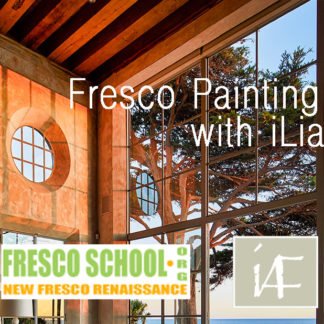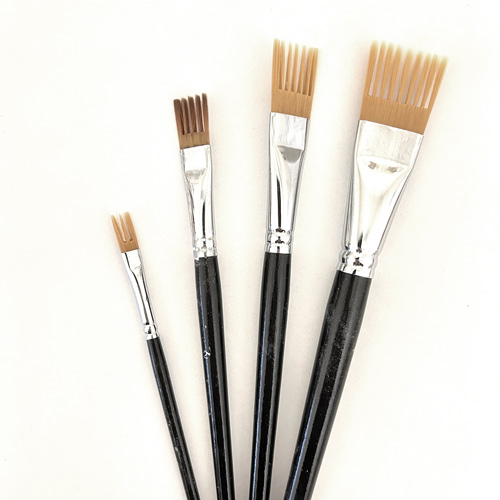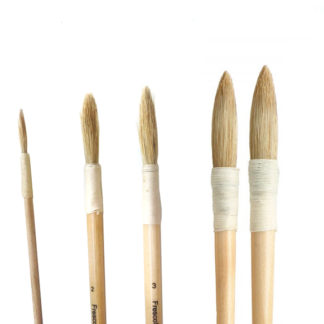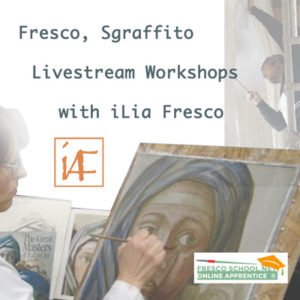Tadelakt plaster is a variation of traditional lime plaster, specific to Morocco.
The general mixture is:
1 – Aged Slaked Lime Putty
2 – Marble Dust (Optionally – Pozzolana)
(Our Roman Marmorino Plaster is ready to be used for tadelakt style applications)
3 – Natural Pigment
Sealed with:
Olive Soap (Savon de Marceille)
The term tadelakt, meaning “to rub in”, is an expression from the Arabic word تدليك tadlīk, meaning “to rub or massage.”
This soap lime plaster sealing method is used all around Mediterranean – often referred to as Quadad (plasters) commonly found in Hammam – bath (baths aka Turkish Bath, Syrian Baths, Egyptian Baths, Moroccan Baths).
What makes classic Moroccan Tadelakt stand out and places tadelakt in its own category is the technology of lime stone burning and slaking and limestone that is burnt.
In brief – To create Slaked Lime Putty, Lime Stone or Marble (CaCO3) is burned in a kiln resulting in Quick Lime (CaO). Quick Lime is then Slaked – suspended in abundance of water. Slaking results in furious chemical reaction converting CaO to Ca(OH)2 – Slaked Lime Putty. (click here for more details)
In traditional Morocco kilns resulting Quick Lime (CaO) would end up having un-burnt parts of lime stone and bits of coal being mixed into the slaked lime. Those particles will not affect the integrity of plaster becoming just and additional “aggregate admix”.
“Tadelakt plaster” is prepared by mixing resulted Slaked Lime with an aggregate – crashed marble (marble dust) and/or crashed lime stone. Natural pigment, mostly red iron oxide is added at this stage. (Pozzolana is optional – often added just before the use since pozzolana fortified plaster can not be kept and has to be used immediately).
When tadelakt plaster is applied and still soft it is polished by hand with a small (agate, volcanic glass) stone using, high pressure with circular motions. That exposes those bits of charcoal and lime stone, resulting with a “black speckle dots” appear all over the surface.
Presently, lime is burnt in modern gas or even wood burning kilns will not have those bits mixed in since technology is a lot more refined. To create an appearance respective to classic Moroccan tadelakt a black coal slug can be added to the mix.
In a summary:
Tadelakt Plaster is a lime plaster with a speck of black aggregate sealed with Olive Soap and polished/burnished with a Stone (Agate is most Common)
here is mine 🙂
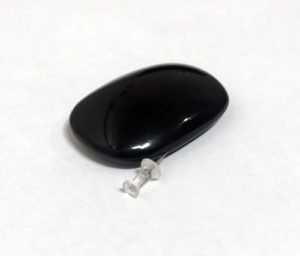
Get your project specific one-on-one Zoom consultation/seminar from the Fresco School.

